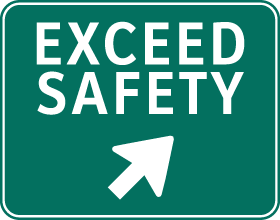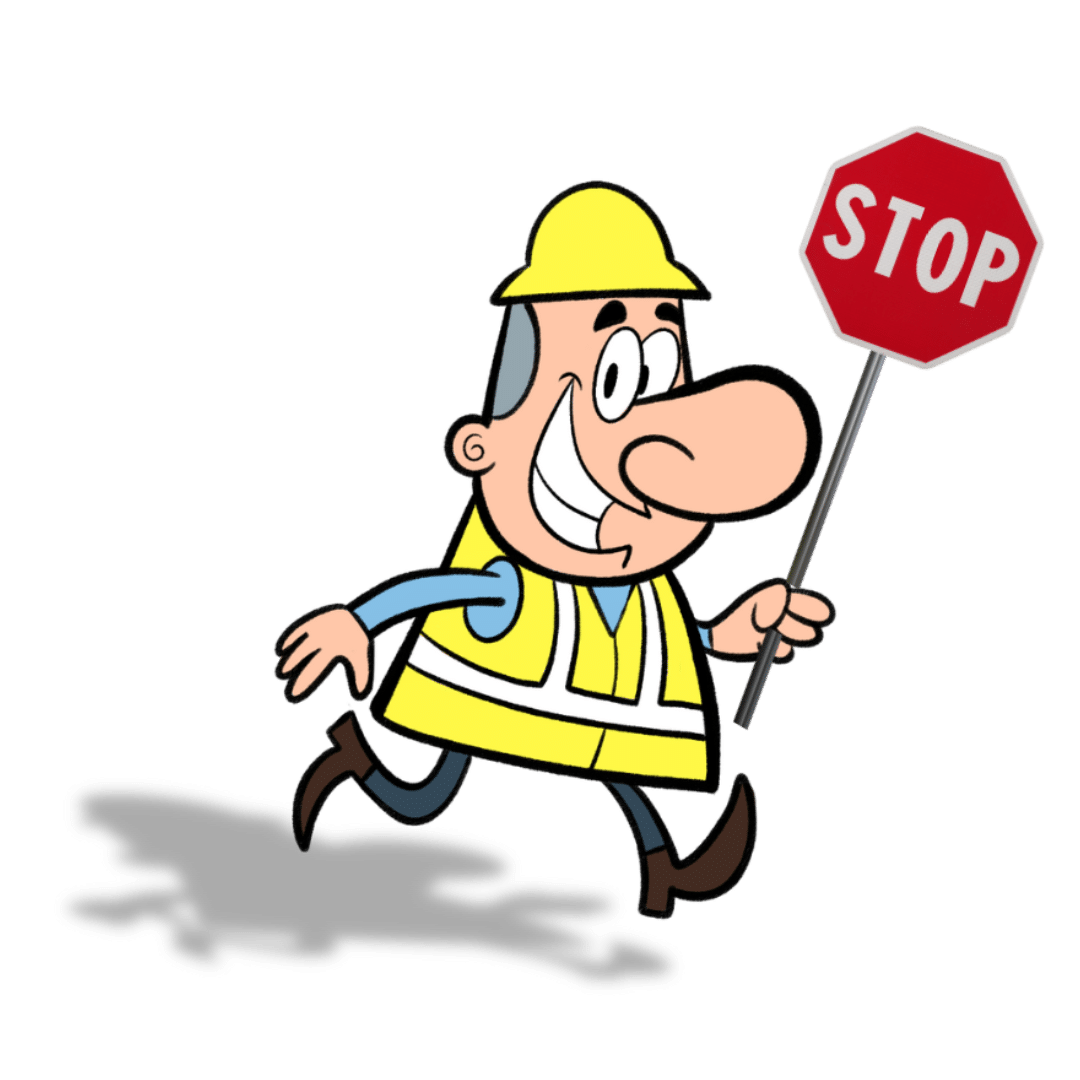Overview & Objectives
It is of the utmost importance that all General Industry workers and supervisors be aware of the latest safety standards set forth by the Occupational Safety and Health Administration (OSHA). Because of this, it is imperative to accomplish continuing education units (CEUs) in a timely manner. Designed to allow you to accomplish both, the Exceed Safety OSHA 10-Hour General Industry course is an online version of OSHA’s Outreach Training Program and covers what you need to know to stay safe on the job. Upon completion, all course participants will receive a certificate of completion right away and earn their Department of Labor (DOL)/OSHA 10-Hour Card shipped within two weeks, allowing them to seek or maintain employment.
NOTICE: This course uses voice authentication. VA courses were developed in conjunction with the NYC Department of Buildings (NYC DOB) to address LL196 online course proctoring requirements. These voice-authenticated courses represent a best practice to ensure the identity of the student by prompting users to verify their voice at random intervals throughout the course. Users must have access to a mobile phone or landline while taking the course to successfully meet this requirement.
Exceed Safety’s OSHA 10-Hour General Industry Voice Authentication training is designed to provide 10 thorough hours of training regarding relevant job site safety topics. Specific course topics include the following:
- Worker rights and employer responsibilities under OSHA
- Requirements for selecting and wearing personal protective equipment (PPE)
- How to protect oneself and coworkers from slip, trip, and fall hazards
- Major material handling hazards
- Fixed and portable ladders
- Unguarded and inadequately guarded machinery
- Flammable and combustible liquids
- Spray finishing, compressed gases, and dipping and coating operations
- Electrical hazards
- Effects of workplace hazards on the human body and how to protect against them
- Activities and injuries that can lead to illnesses such as MSD and RMD
- The major difference between acute and chronic health effects
- Emergency egress and access, planning, and fire prevention and protection
- The role of management and workers in improving a company’s safety culture
- Rights that require workers to know the identity and properties of workplace chemicals
- Employer requirements for effectively reducing and preventing employee injuries, illnesses, and fatalities through a safety and health program


